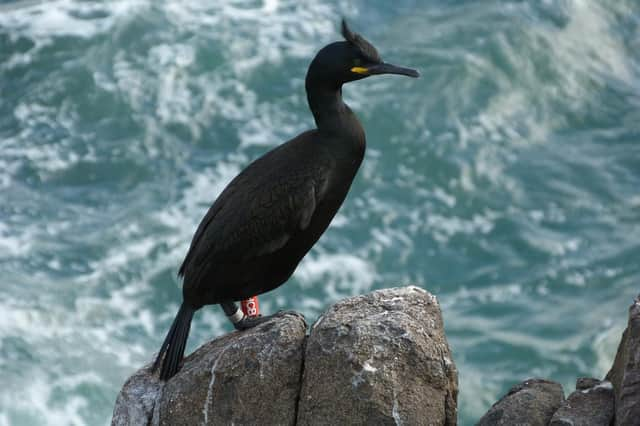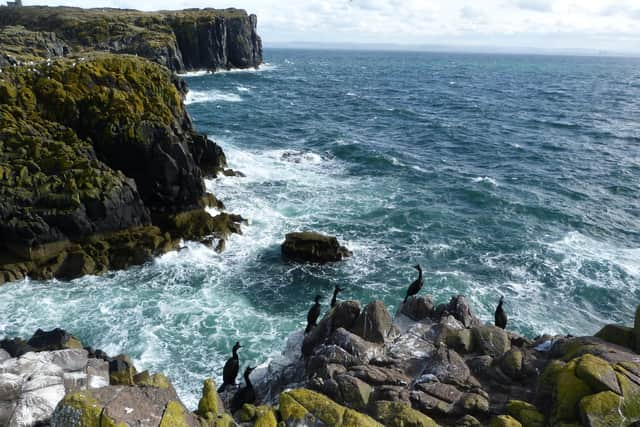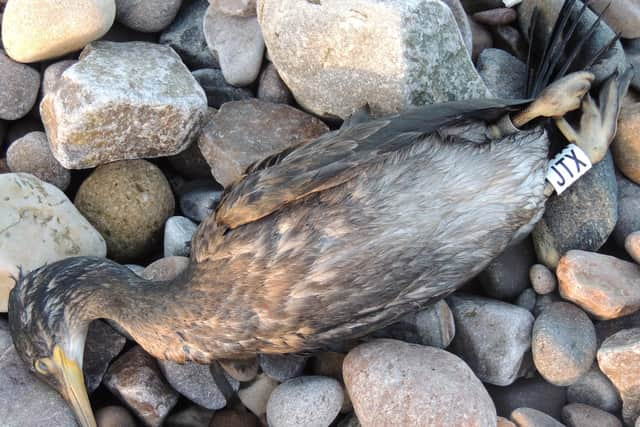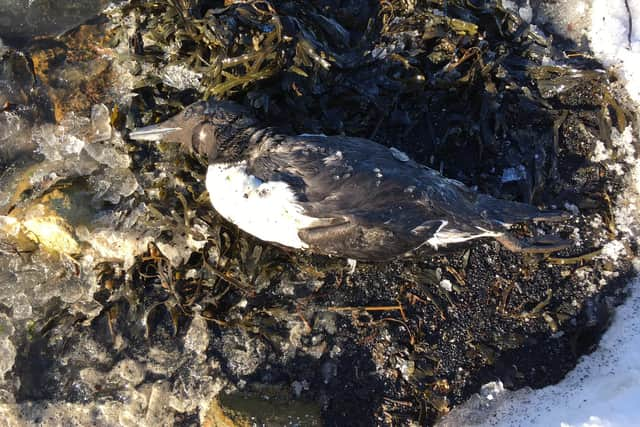Missing shags: Fears over 'lost' seabirds after storms


Scientists studying bird life on the Isle of May are concerned over the “disappearance” of shags in the Firth of Forth after the recent period of severe weather, which has impacted many wildlife species.
Dr Francis Daunt leads long-term studies of the effects of environmental change and human activities on seabird populations on the Isle of May for the UK Centre for Ecology & Hydrology (UKCEH).
Advertisement
Hide AdAdvertisement
Hide AdHis team have been monitoring birds on the island for almost 50 years, focusing on six key species – puffins, guillemots, razorbills, kittiwakes, fulmars and shags.


But this week they noticed there were fewer shags on their customary roosts – around a third of the expected number.
The findings have prompted an appeal for people based around the area to keep their eyes peeled for any signs of the missing seabirds.
“The reason we are concerned about these populations right now is that they can be badly affected by extreme weather,” Dr Daunt said.
“Summer storms can wash away nests off low-lying cliffs and sustained bad weather in winter can cause many birds to starve.


“A particular problem arises during easterly storms on the east coast of Scotland, because there is very little shelter.
“Shags are particularly affected by this since they feed very close to the coast and struggle to catch fish as the waves crash onto the shoreline.
“They also don’t store a lot of fat reserves, unlike many other seabird species.”
Advertisement
Hide AdAdvertisement
Hide AdSustained bad winter weather in early 1994 wiped out 80 per cent of adult shags on the Isle of May.


And similar events have occurred every few years since.
Shags can be seen resting on rocky shores during daytime, but spend their nights on high cliffs or islands to keep safe from predators.
UKCEH researchers have now become worried for the fate of the Forth colony.
“It was hard to know what was going on because the sea was so rough that many of their favourite rocks were being washed over by waves,” Dr Daunt said.
“It was only when the team went to the Isle of May this week, where normally many hundreds of birds would spend the night, that it was clear that the numbers in the Firth of Forth were much reduced.”
He says there are only two likely explanations for their absence.
The first is the birds may have moved elsewhere during the stormy weather to seek better feeding opportunities.
But the worse outcome is they have died.
“Or it could be a bit of both,” he said.
“The Beast from the East three years ago was the last major event and many shags and other seabirds died on the east coast.
Advertisement
Hide AdAdvertisement
Hide Ad“Weather forecasters said this recent event was similar, but slightly less severe, so perhaps the effects will be smaller.
“We will be monitoring the situation very closely in the coming weeks to see whether numbers in the Forth return to normal.”
In the meantime the team is encouraging locals to report any dead birds discovered on beaches, recording date, time, location and numbers of each species found.
However, he stressed that people should avoid touching carcasses and respect lockdown restrictions.
A message from the Editor:
Thank you for reading this article. We’re more reliant on your support than ever as the shift in consumer habits brought about by coronavirus impacts our advertisers.
If you haven’t already, please consider supporting our trusted, fact-checked journalism by taking out a digital subscription. Visit https://www.scotsman.com/subscriptions now to sign up.
Comments
Want to join the conversation? Please or to comment on this article.